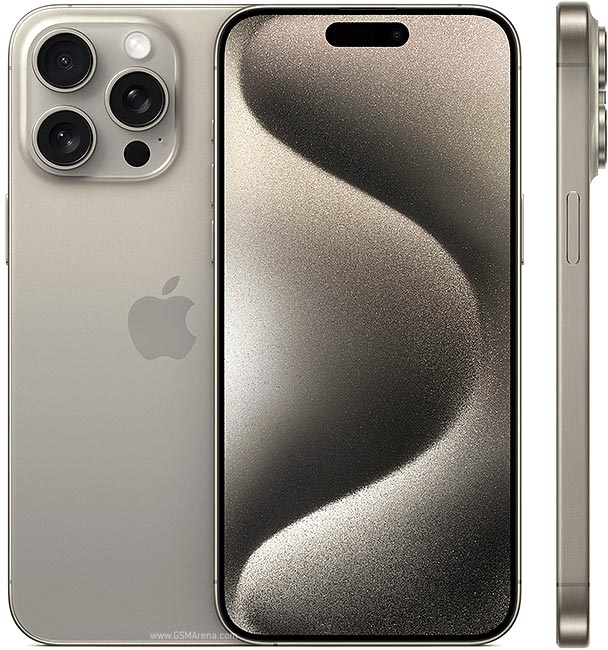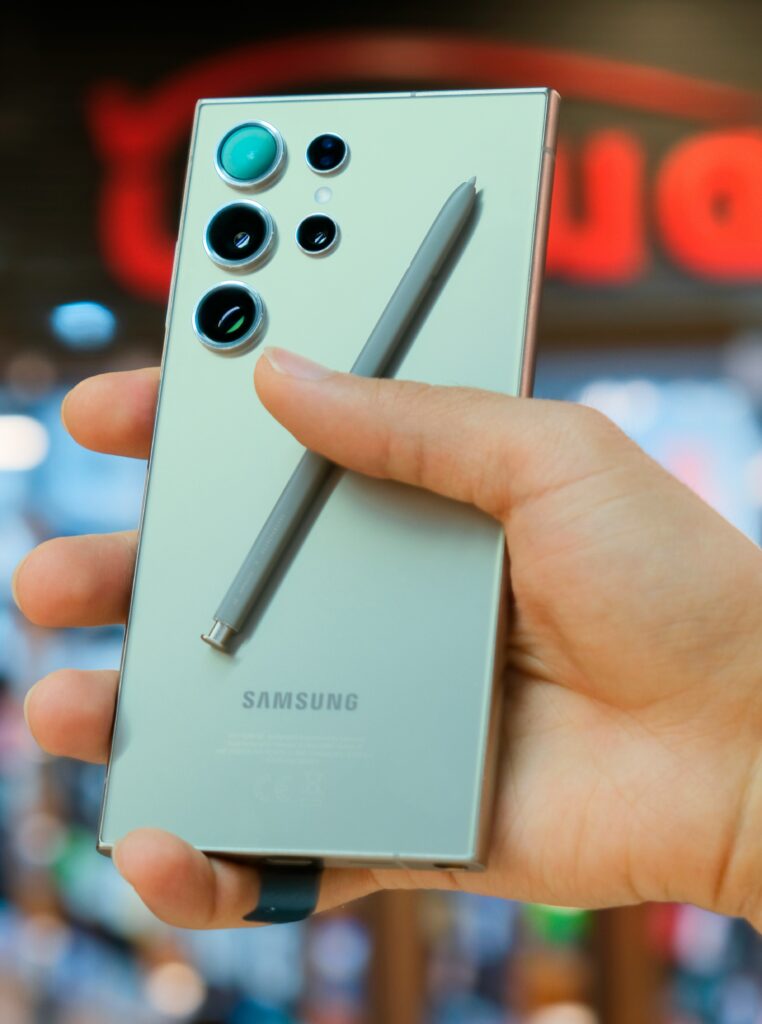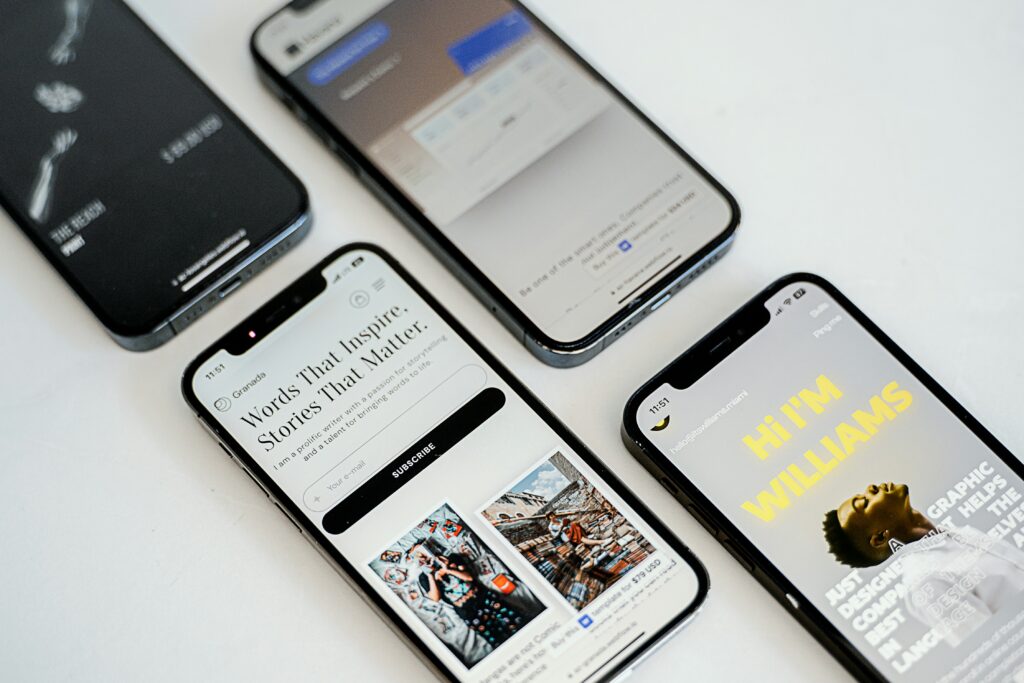iPhone vs Android: Camera Comparison
In the smartphone world, the battle between iPhone and Android has been ongoing for years, and one of the most critical aspects where this competition heats up is the camera performance. For many users, camera quality is a key factor when choosing a phone, especially as smartphones have replaced traditional cameras for everyday photography. Both platforms have impressive devices, but they approach camera technology in different ways. Let’s dive into the key aspects that separate the iPhone vs Android camera.
Table of Contents
1. Camera Hardware: iPhone vs Android
iPhone:

- Apple’s iPhones, especially the newer models like the iPhone 15 Pro Max, are renowned for their consistent and reliable camera hardware. They feature advanced sensors and excellent lens quality, with a focus on balancing all components. Apple typically uses 12MP sensors, which may seem smaller than some Android competitors, but it compensates with sensor-shift stabilization, a larger aperture, and advanced optics.
Android:

Android devices offer a wide variety of cameras, depending on the brand. Companies like Samsung, Google Pixel, and Xiaomi push the boundaries of hardware innovation. For instance, the Samsung Galaxy S23 Ultra boasts a 200MP sensor, which is far larger than any iPhone camera. Android phones also experiment with periscope lenses for enhanced zoom capabilities, and brands like Sony Xperia offer larger sensors for more professional-level photography.
2. Image Processing and Software
iPhone:
Apple’s biggest strength is its image processing. iPhones rely on Apple’s A-series Bionic chip, which uses a combination of hardware and software to deliver accurate color reproduction, consistent sharpness, and excellent low-light performance. Features like Deep Fusion and Smart HDR 4 combine multiple images to bring out the best detail and dynamic range in each shot.
Android:
- Android phones, particularly those from Google (Pixel), excel in software-based image processing. The Google Pixel 7 Pro has one of the best cameras for computational photography, largely because of its superior AI and machine learning algorithms. Samsung, on the other hand, emphasizes versatility with pro-grade modes, allowing users to manually adjust settings like ISO and shutter speed. Android software also delivers excellent night modes and portrait effects, although each manufacturer varies in execution.
3. Low-Light Photography
iPhone:

- The iPhone’s Night Mode has seen great improvements, especially in recent models like the iPhone 14 and 15 series. Its ability to balance highlights and shadows, while reducing noise in low-light conditions, is excellent. However, Apple tends to focus more on natural-looking night photos, which may be darker but true-to-life.
Android:
Android phones tend to take a more aggressive approach to low-light photography. Devices like the Samsung Galaxy S23 Ultra and Google Pixel enhance brightness and bring out more details in dark areas. Xiaomi and Oppo phones, particularly the Xiaomi 13 Ultra, also perform exceptionally well in low-light, using larger sensors and AI enhancement to brighten up even the darkest scenes.
4. Zoom Capabilities
iPhone:
- The latest iPhones offer decent zoom, with 3x optical zoom on the Pro models, but they don’t come close to some Android devices. Apple is rumored to be working on periscope lenses, but for now, iPhone’s zoom performance, while good for most users, is not as advanced as Android’s top models.
Android:
Android devices lead the way in zoom technology. Phones like the Samsung Galaxy S23 Ultra feature 10x optical zoom and up to 100x digital zoom, making it a top choice for those who need high-quality zoom capabilities. Huawei and Oppo also offer great zoom features with their periscope-style lenses.
5. Video Recording
iPhone:
- iPhone: Apple’s video capabilities are unparalleled. iPhones are known for their stabilization, smooth 4K recording, and features like ProRes for professional-grade video editing. Apple’s focus on cinematography makes the iPhone the go-to choice for vloggers and filmmakers.
Android:
- Android devices have come a long way in terms of video recording. Phones like the Sony Xperia 1 V and Google Pixel 7 Pro offer 4K recording with great dynamic range and stabilization. However, even the top Android devices still slightly lag behind iPhones in terms of overall video quality, especially with audio capture and color accuracy.
6. Software Ecosystem and Ease of Use
iPhone:
- Apple’s camera app is praised for being easy to use with limited settings for users to manage. It’s ideal for those who want to point and shoot with confidence, knowing that the iPhone will take care of the rest. The iOS ecosystem is tightly integrated, which means apps like Photos and iMovie offer seamless post-processing and editing tools.
Android:
Android offers a more customizable camera experience. Depending on the phone, Android users can access Pro modes for manual control over settings like shutter speed, ISO, and white balance. Brands like Sony and Samsung provide highly customizable settings for those who want to take their photography to the next level. However, this flexibility can be overwhelming for casual users who prefer simplicity.
7. Price and Availability
iPhone:
- iPhones are generally premium-priced devices, with the camera system being one of the primary justifications for the cost.
Android:
Android offers a wider range of price points, from budget-friendly models to premium flagships. Devices like the Google Pixel 7 provide excellent camera performance at a lower cost than iPhones, while flagship models like the Samsung Galaxy S23 Ultra are similarly priced but offer more camera versatility.

Conclusion: Which is Better?
- Choose iPhone if you prefer consistent, high-quality results without worrying too much about manual settings. The iPhone is the ideal choice for video recording and those who prioritize simplicity in their photography experience.
- Choose Android if you want more flexibility, higher zoom capabilities, or if you prefer a device with a larger sensor for better low-light performance. Samsung, Google, and Xiaomi offer a variety of phones that push the limits of camera technology, especially for those interested in manual controls and customization.
In the end, both platforms have their strengths, but your choice should be guided by whether you prioritize simplicity and video quality (iPhone) or flexibility and zoom capabilities (Android).
